This project was part of an Industrial Design Capstone (Senior) Project through Jefferson University, East Falls Campus in Philadelphia, Pennsylvania. Progress is ongoing.

Generated using Grasshopper and Rhino 3D:
Using open ended molds based on these reference modules, complex assemblies can be easily communicated, understood and manufactured.
Licensed under CERN OHL v.1.2 or later http://ohwr.org/cernohl
 Geometer by David Troetschel is licensed under a Creative Commons Attribution-ShareAlike 4.0 International License.
Geometer by David Troetschel is licensed under a Creative Commons Attribution-ShareAlike 4.0 International License.
Permissions beyond the scope of this license may be available at dtroetschel@hotmail.com.
Open Source Hardware Association Certification https://certification.oshwa.org/us000157.html
As of 8/2020 an effort to combine Geometer and Wasp has been started, in essence this was the missing component of our capstone project! Even with only three modules and no rules this is very powerful, check it out!
 David Troetschel
David Troetschel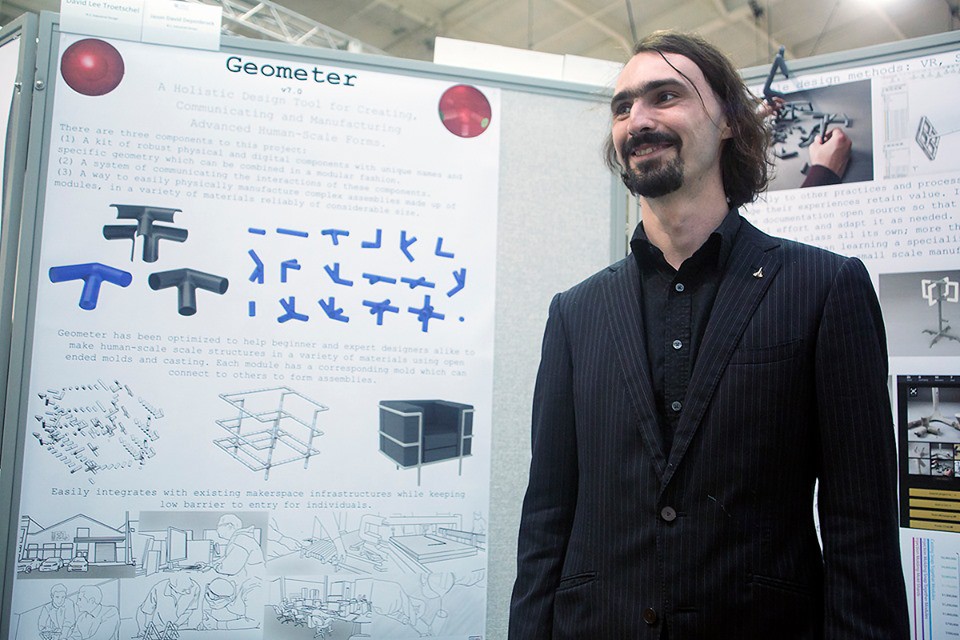
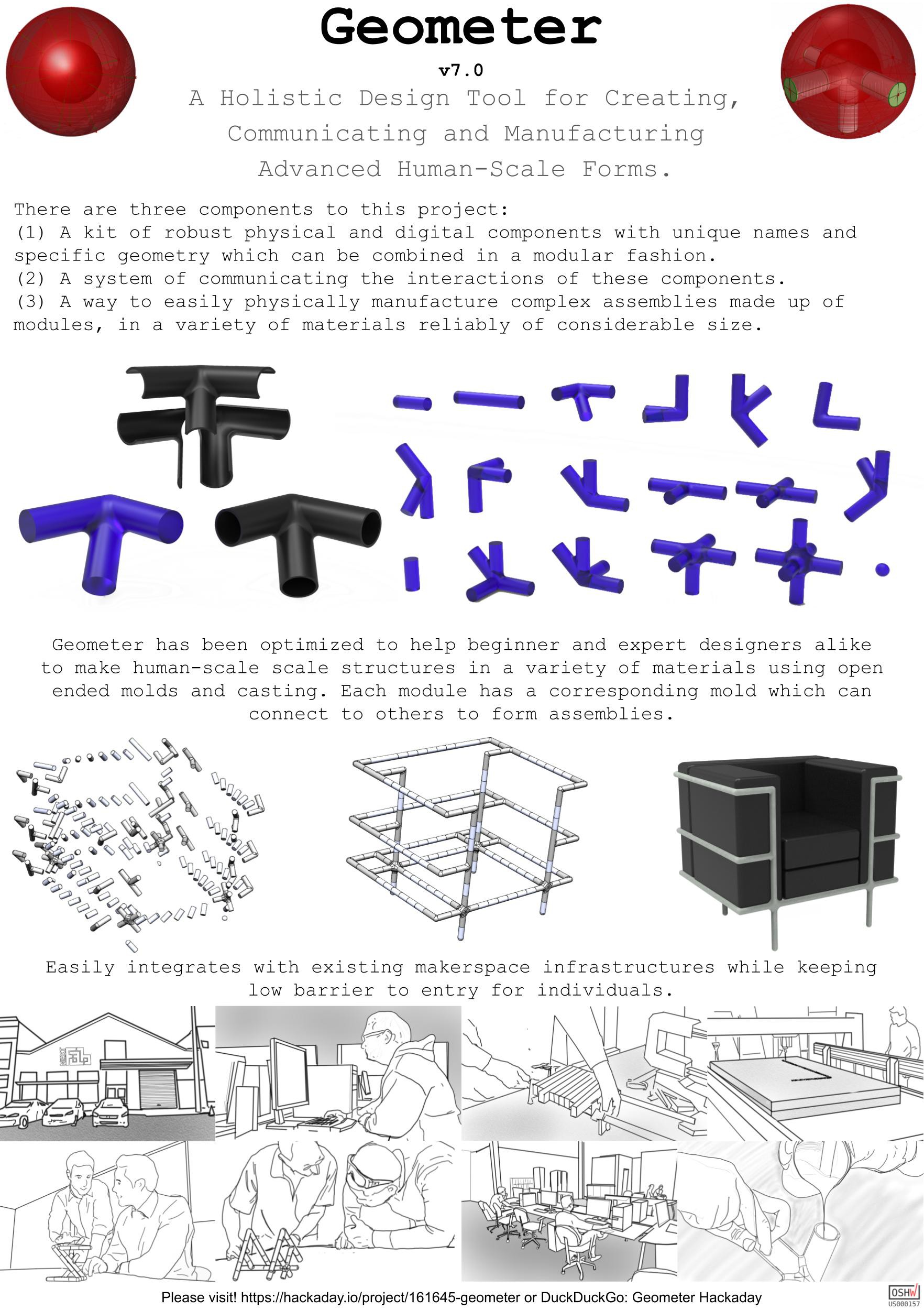
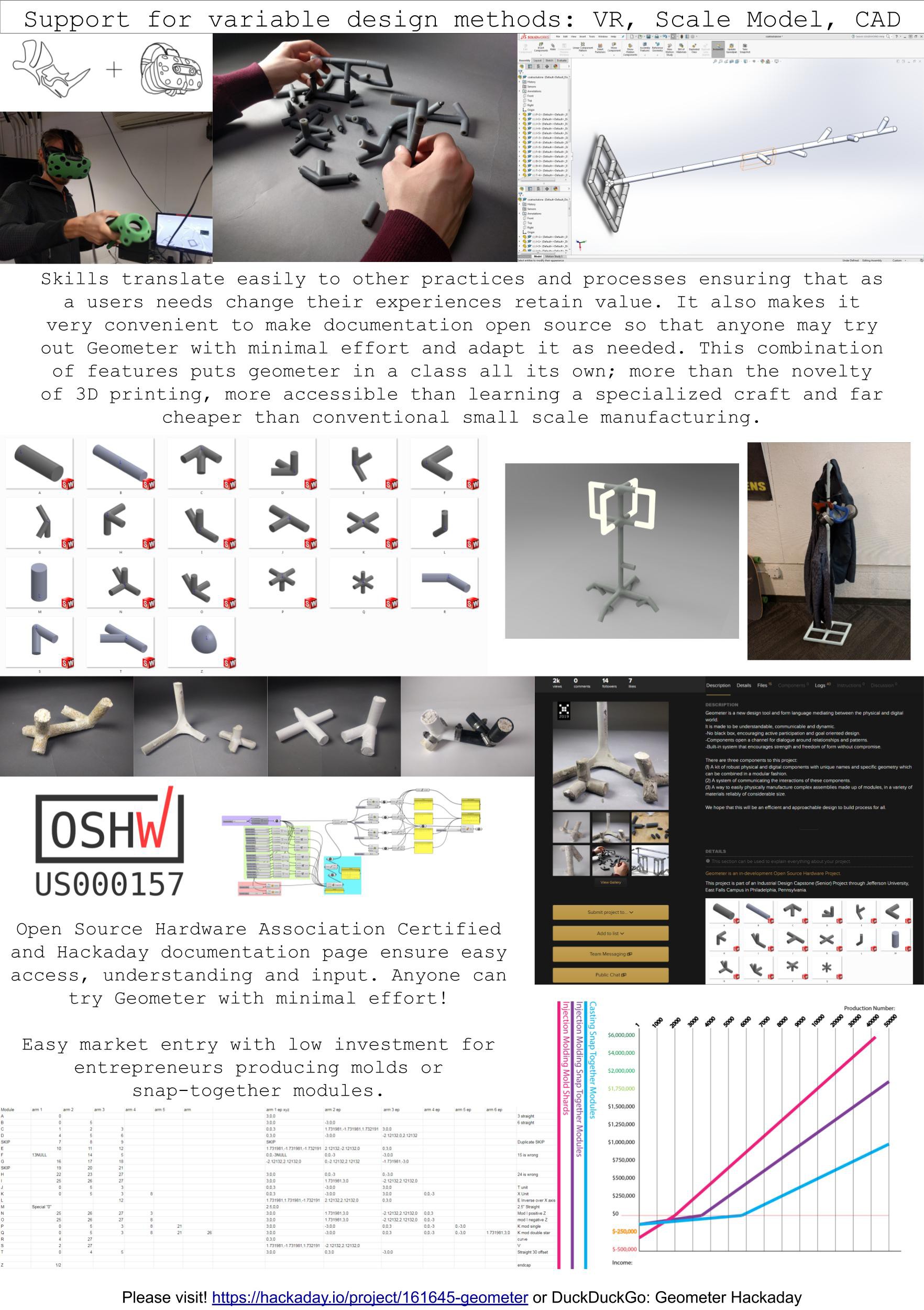
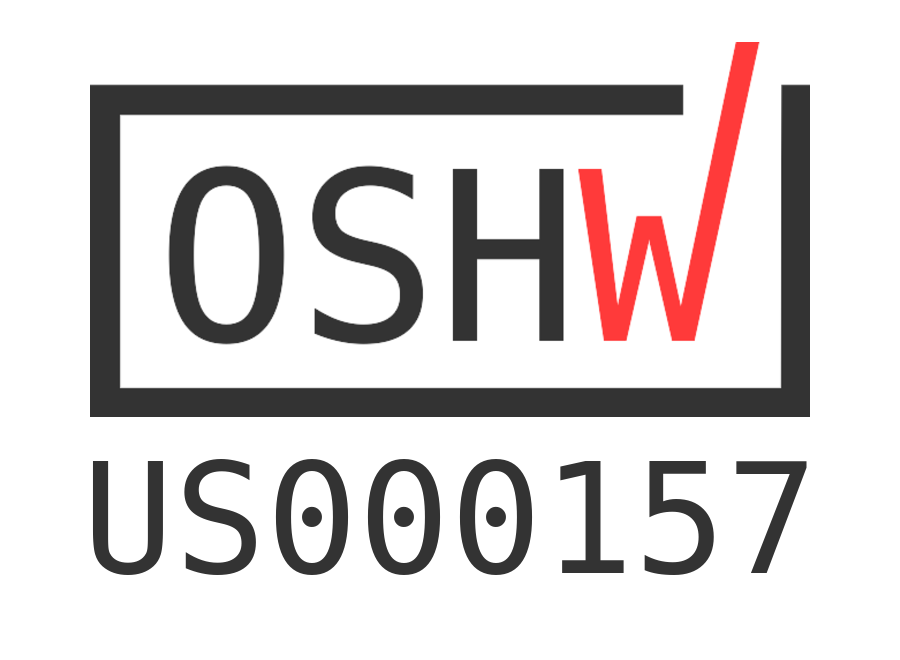
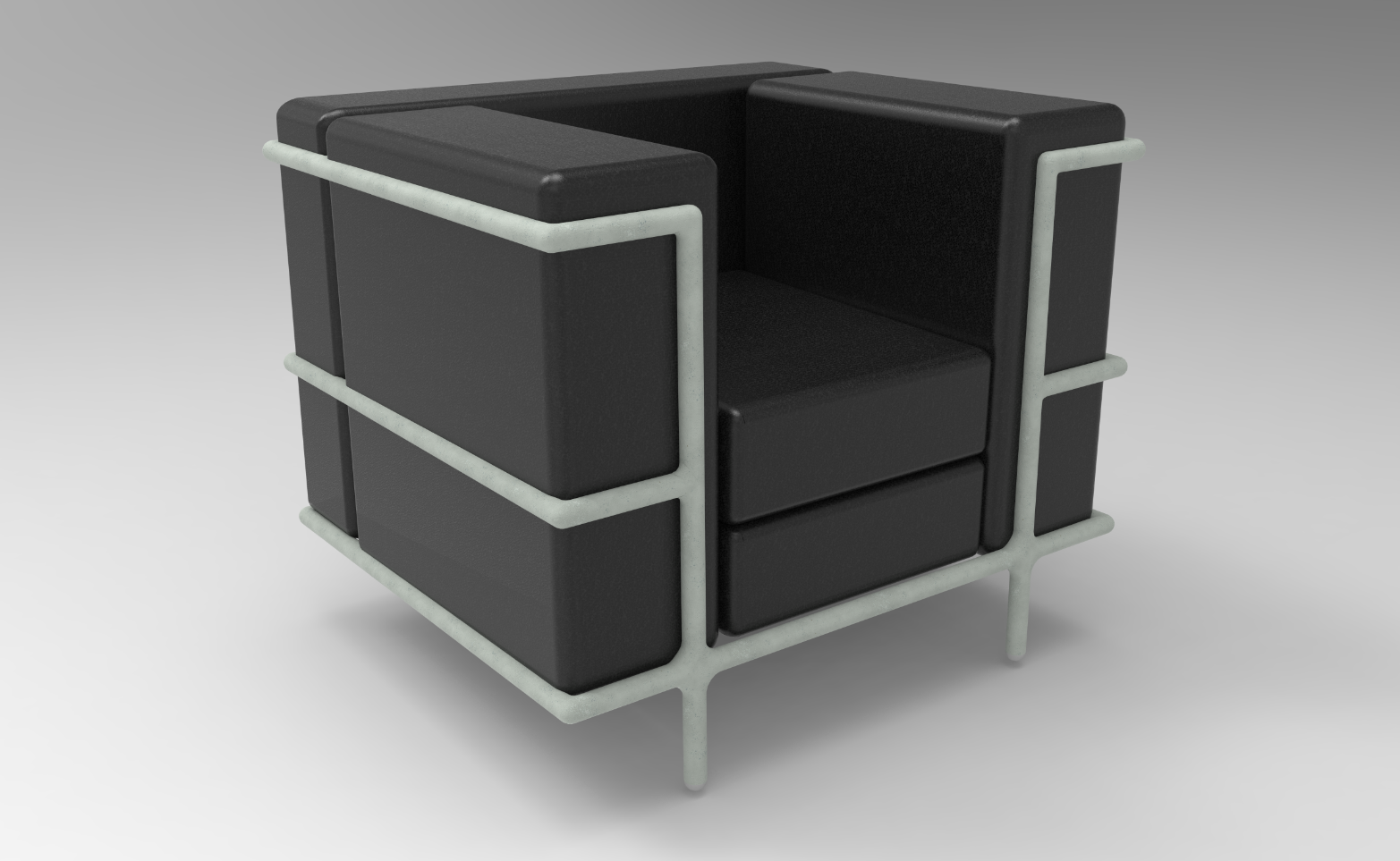
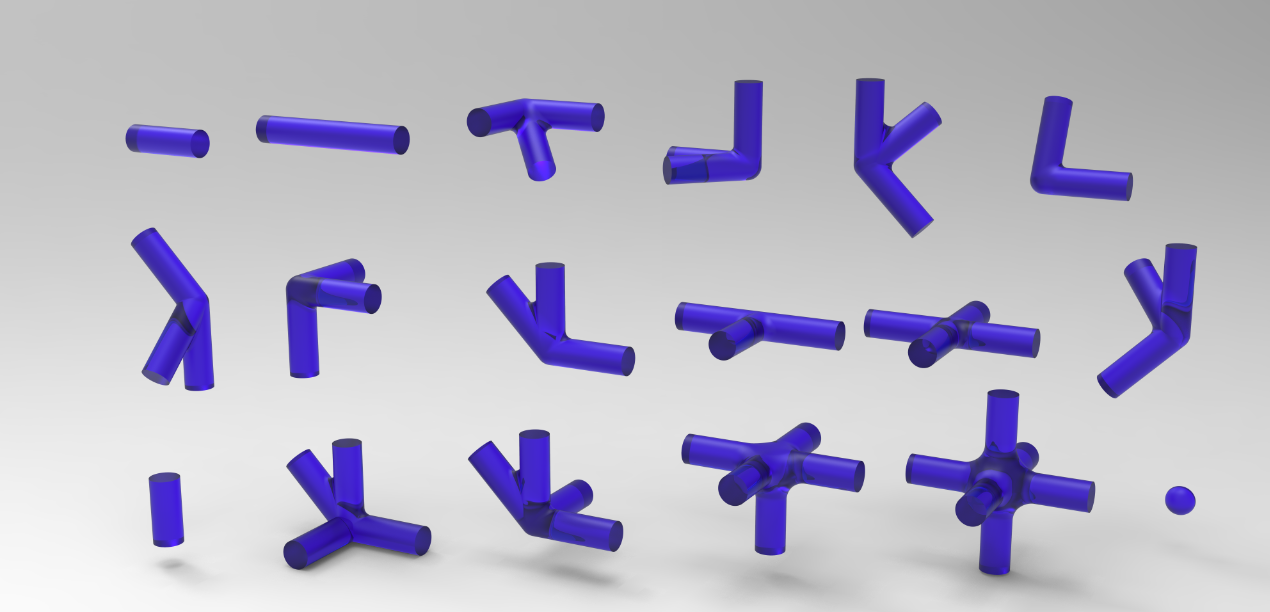
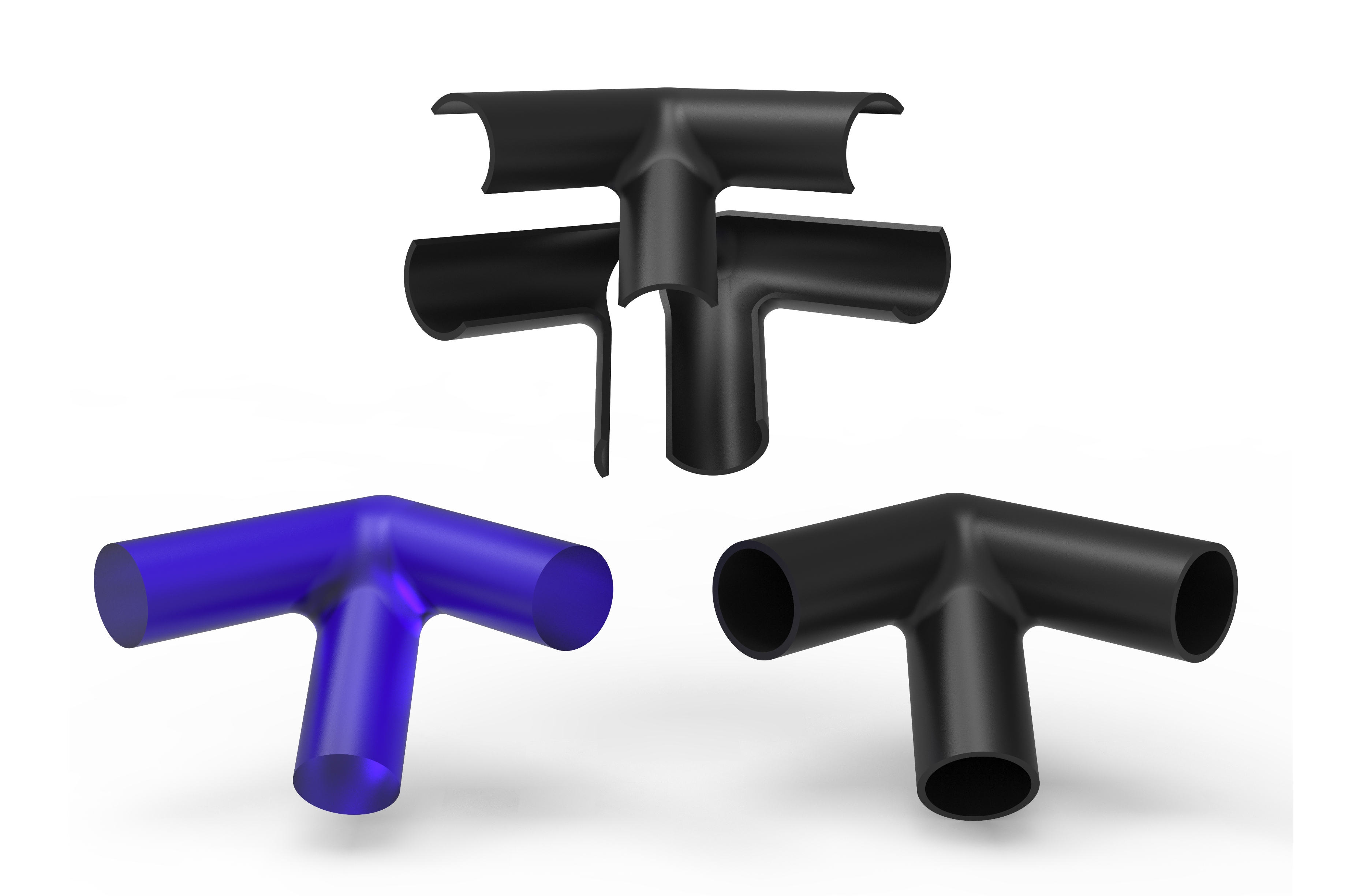


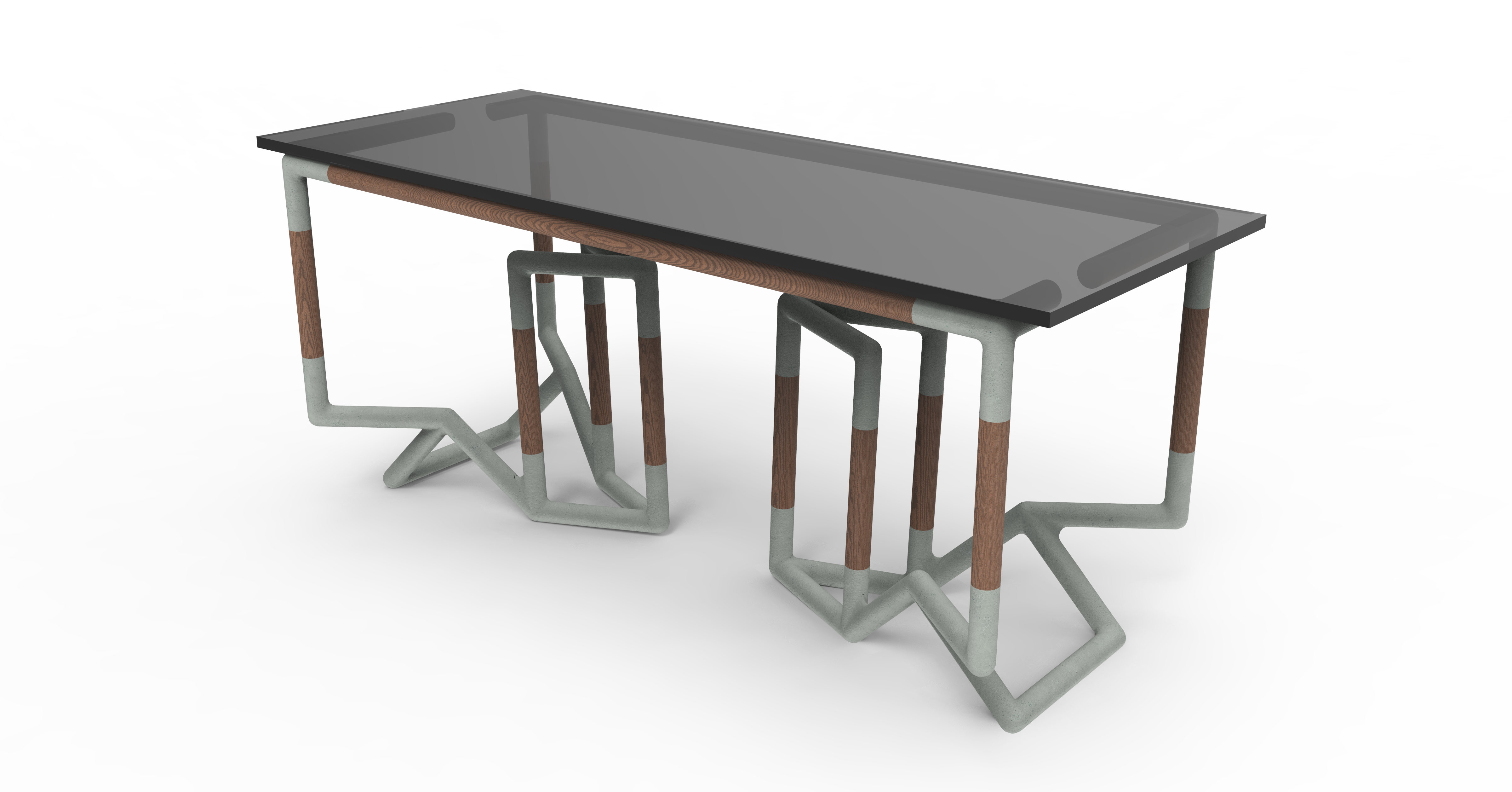
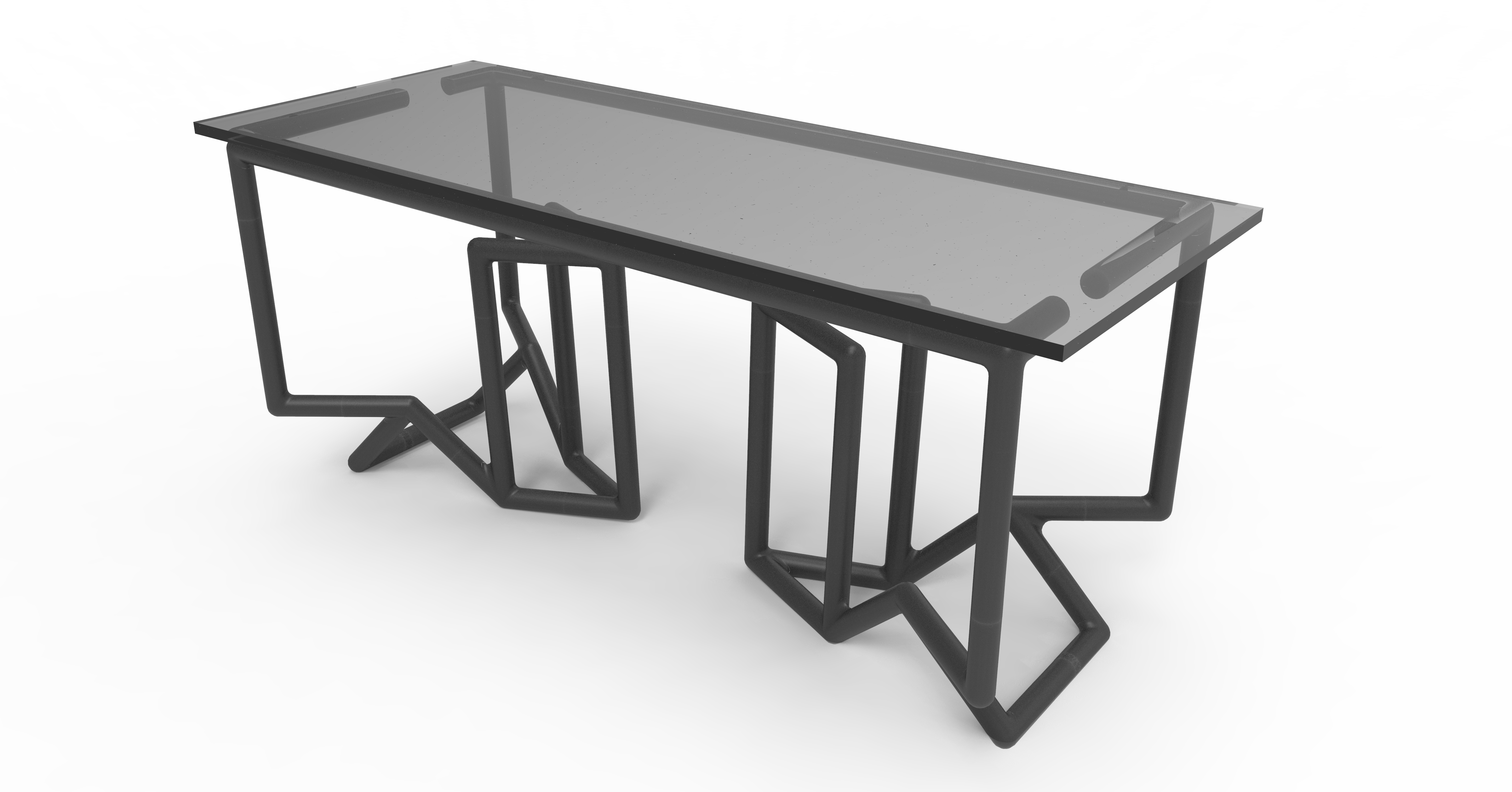
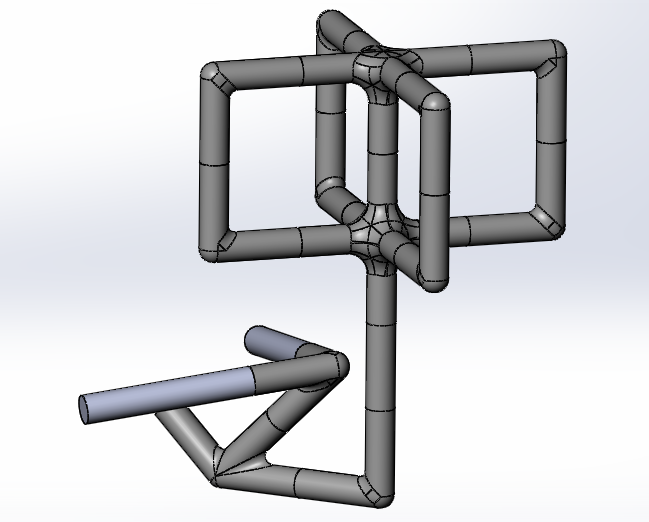

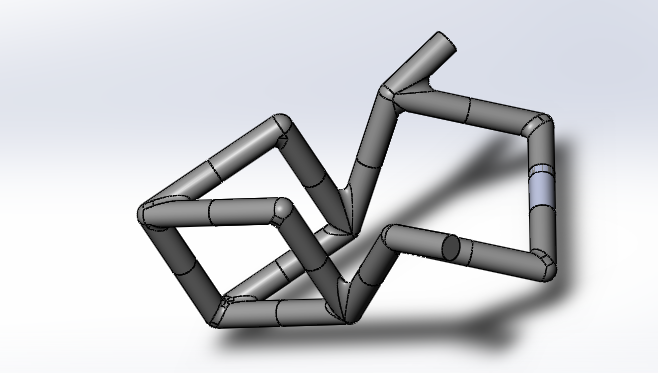
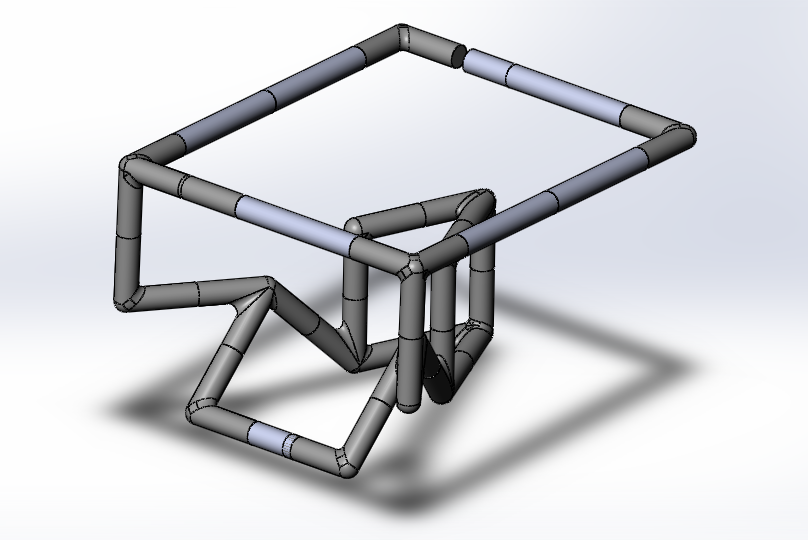
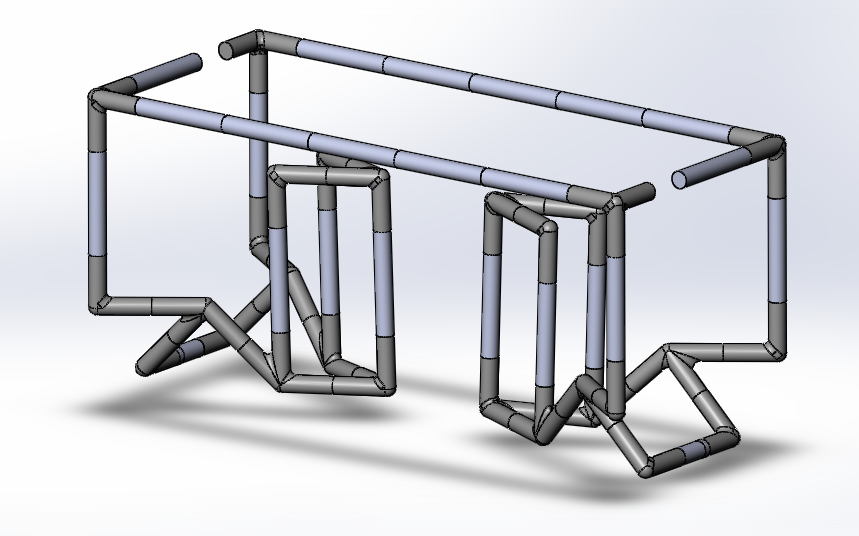
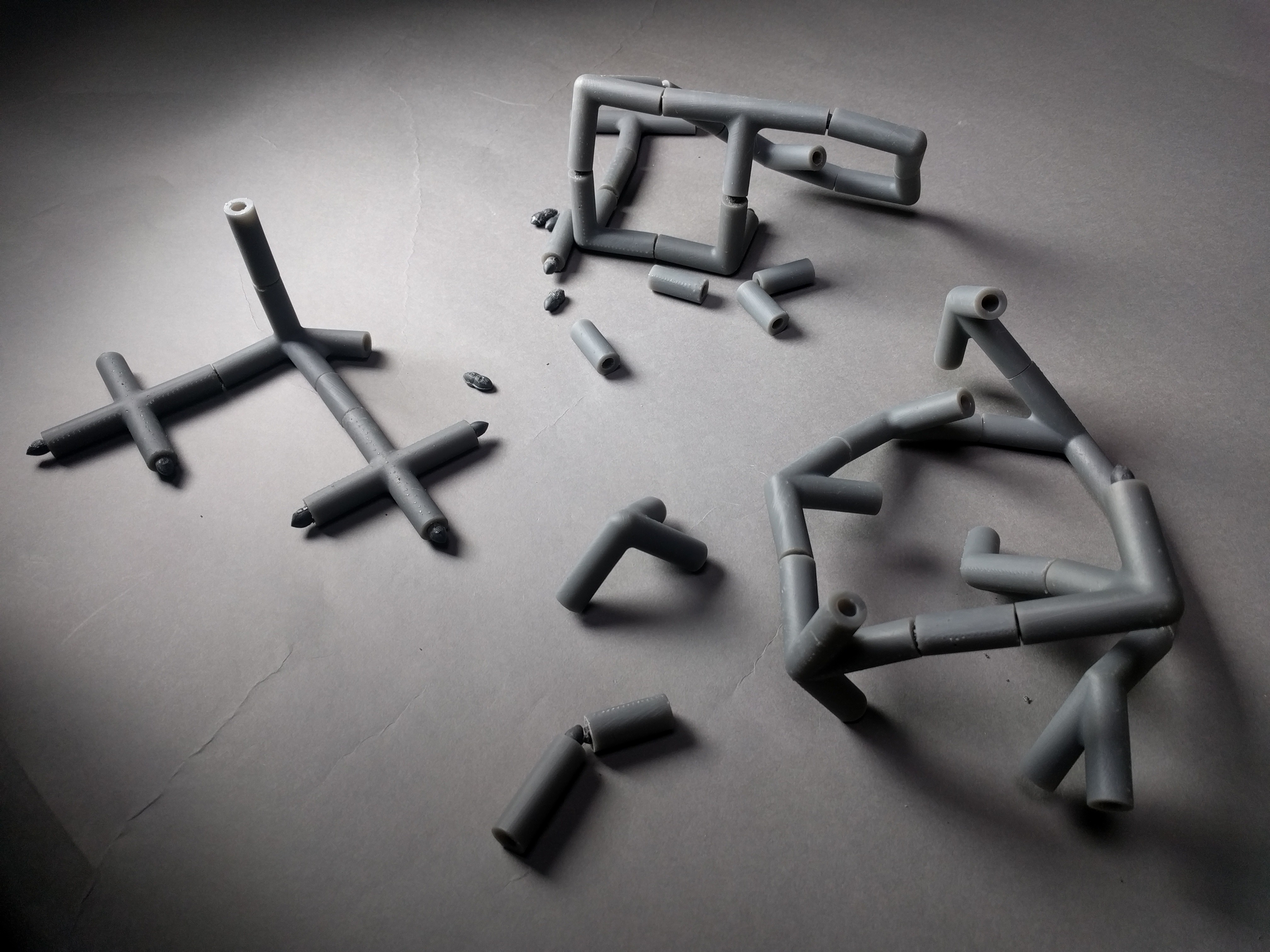
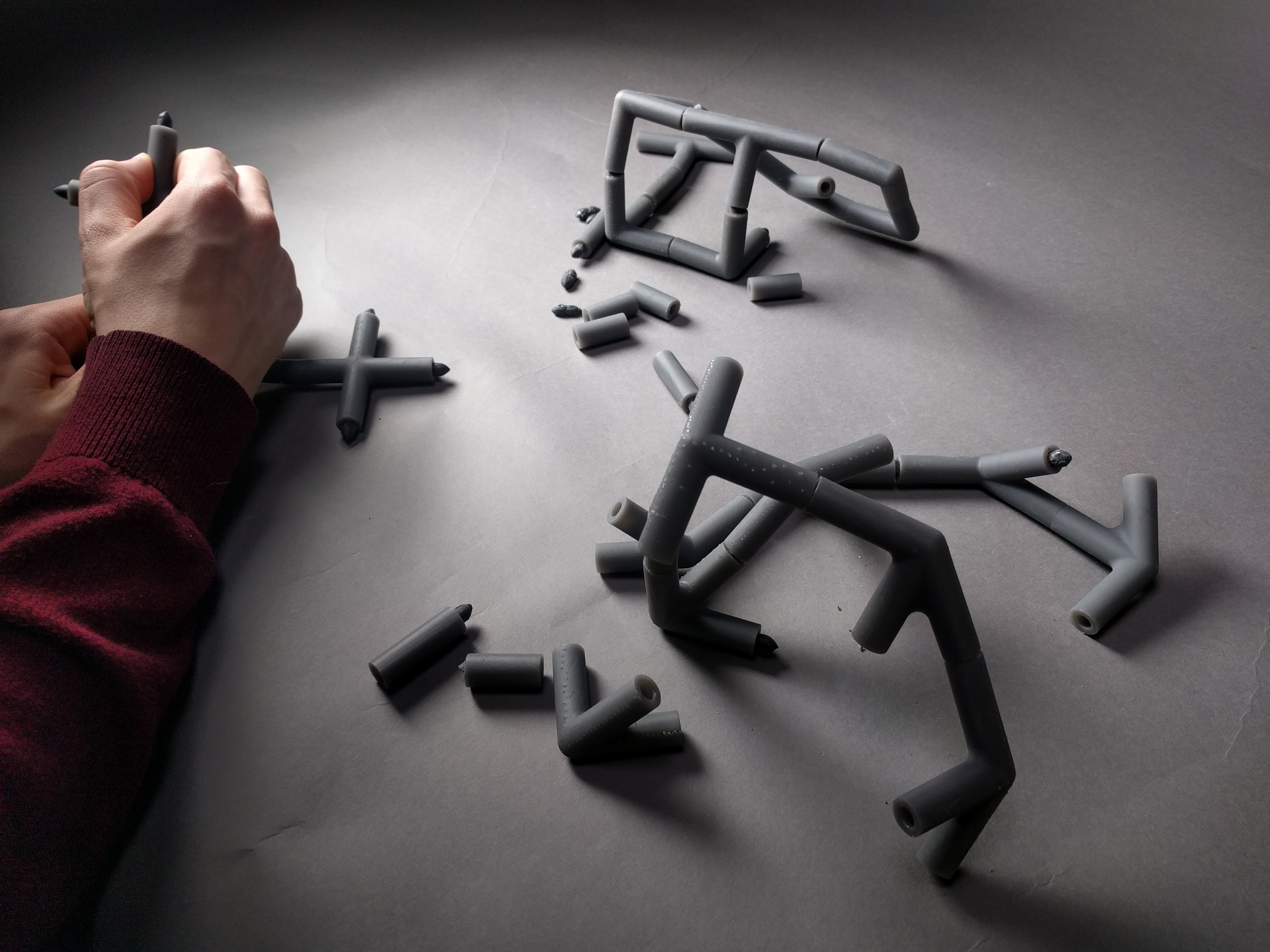
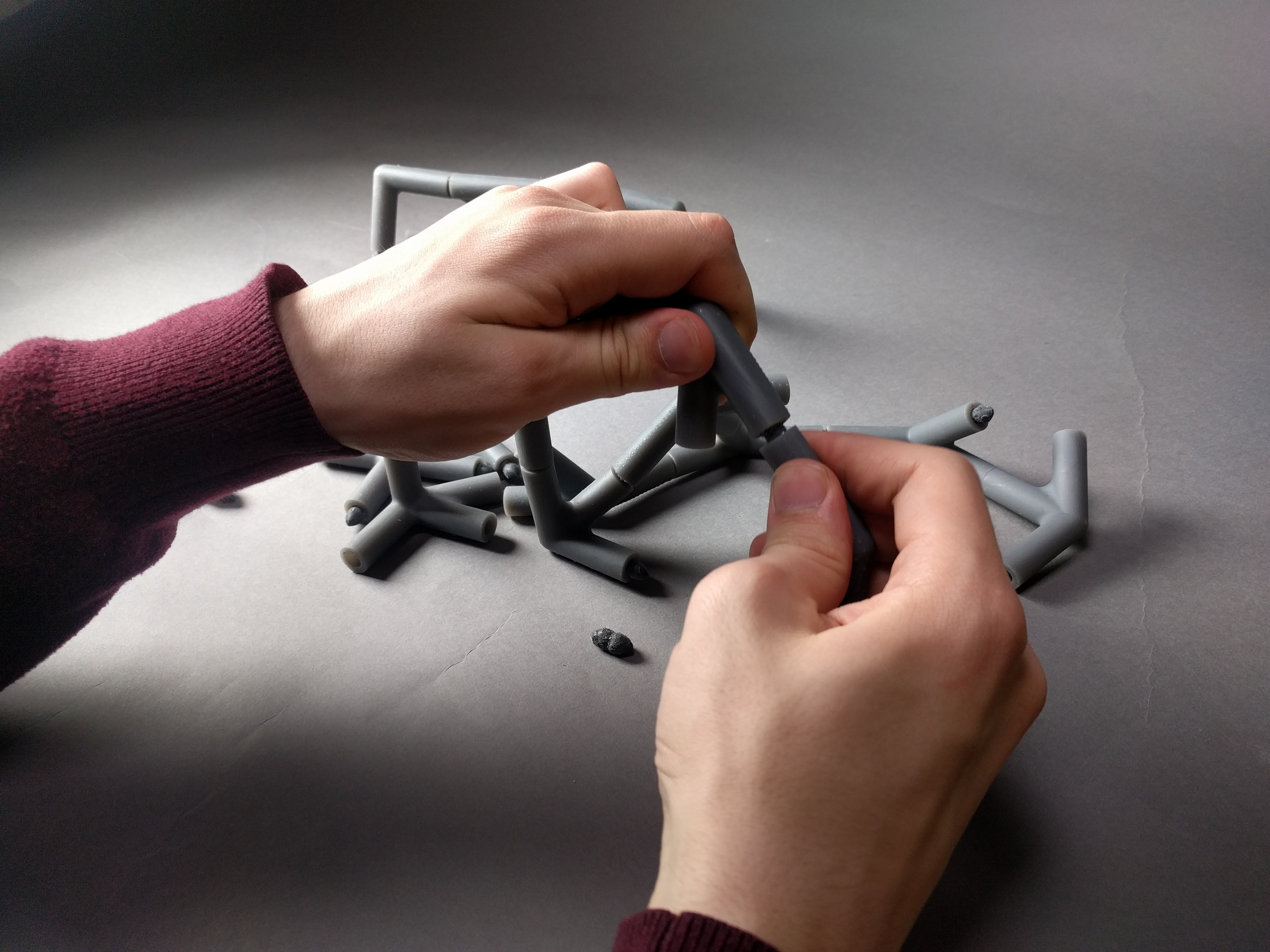
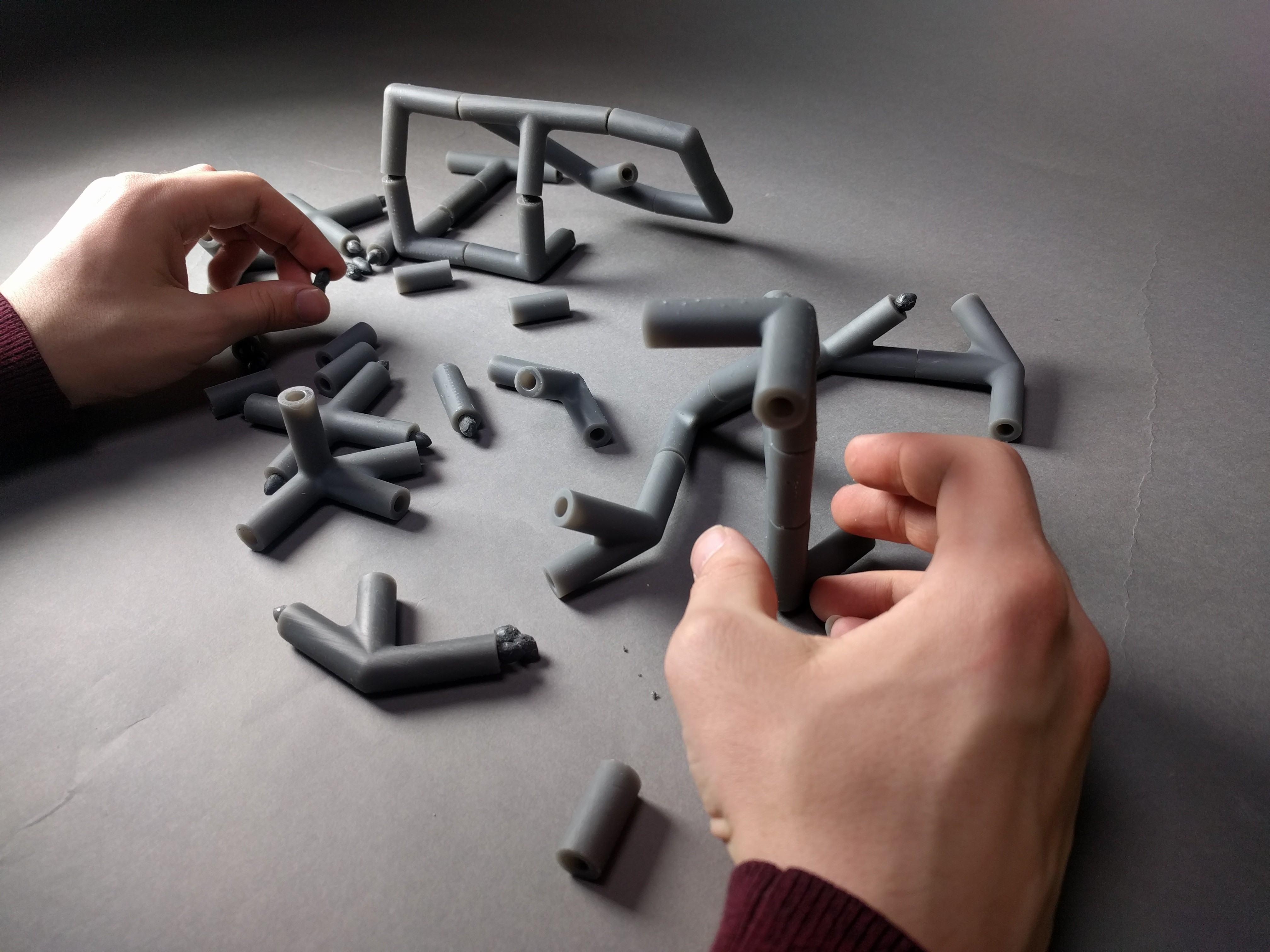
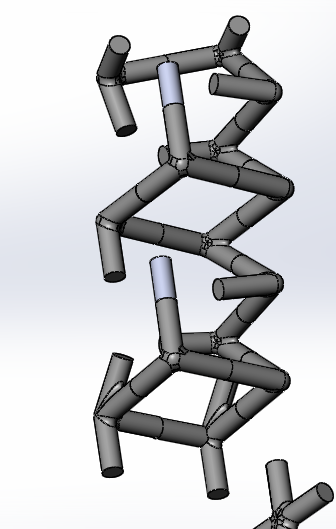

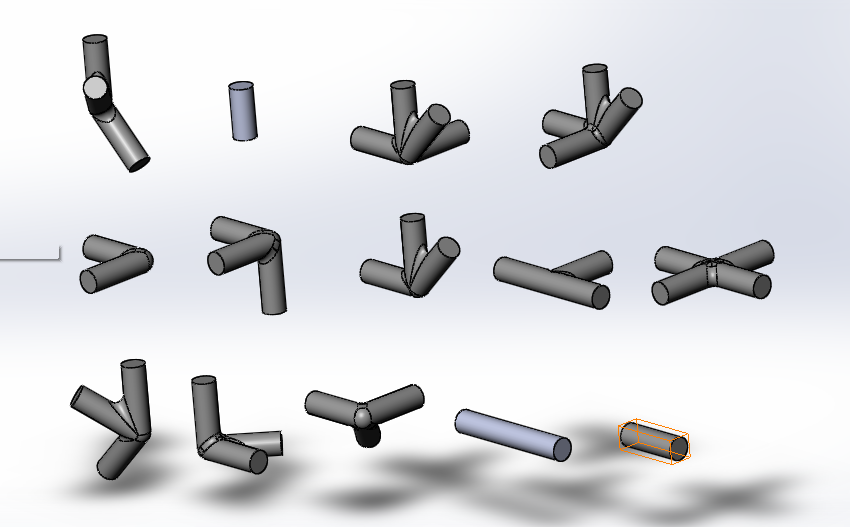
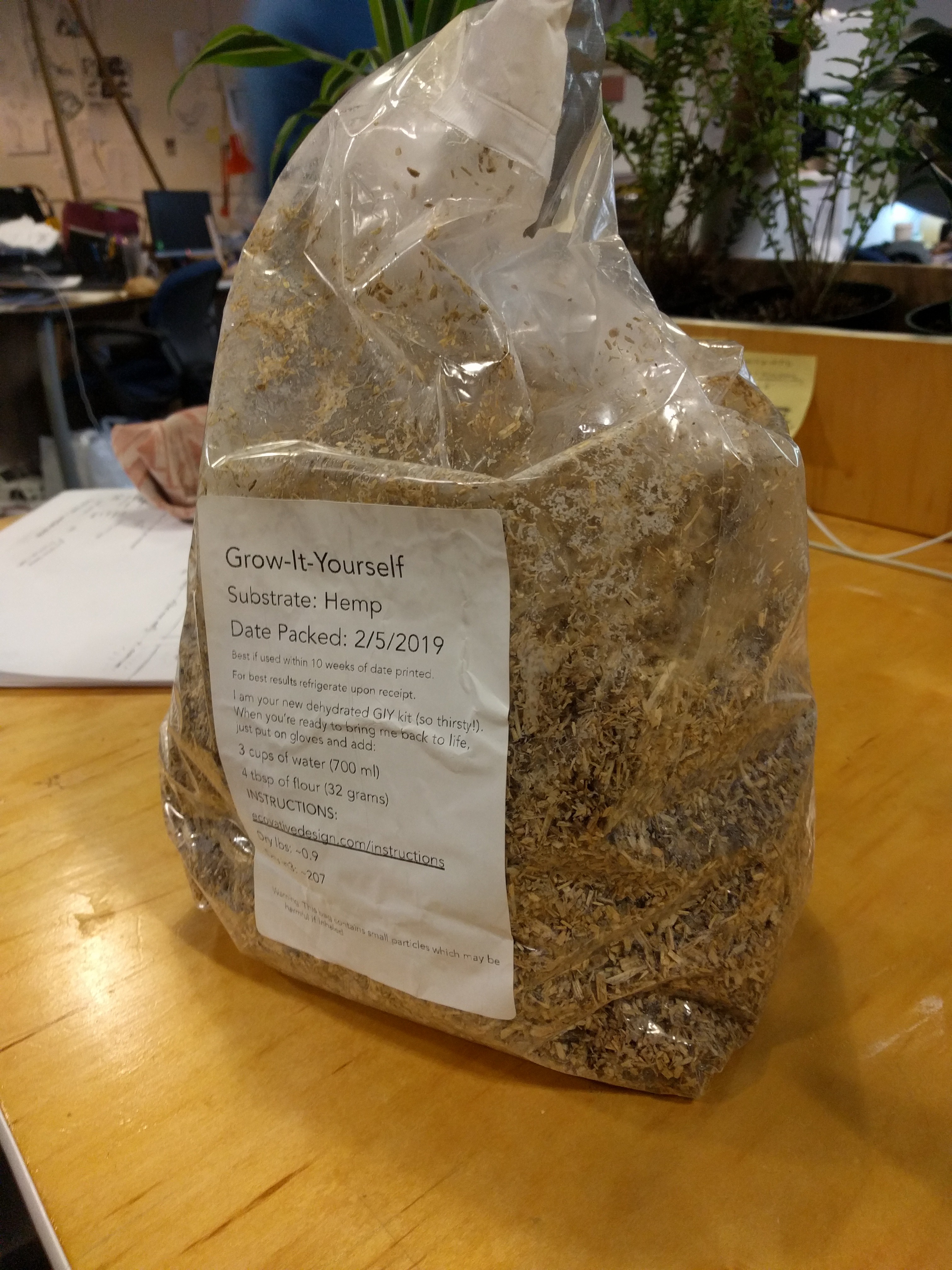
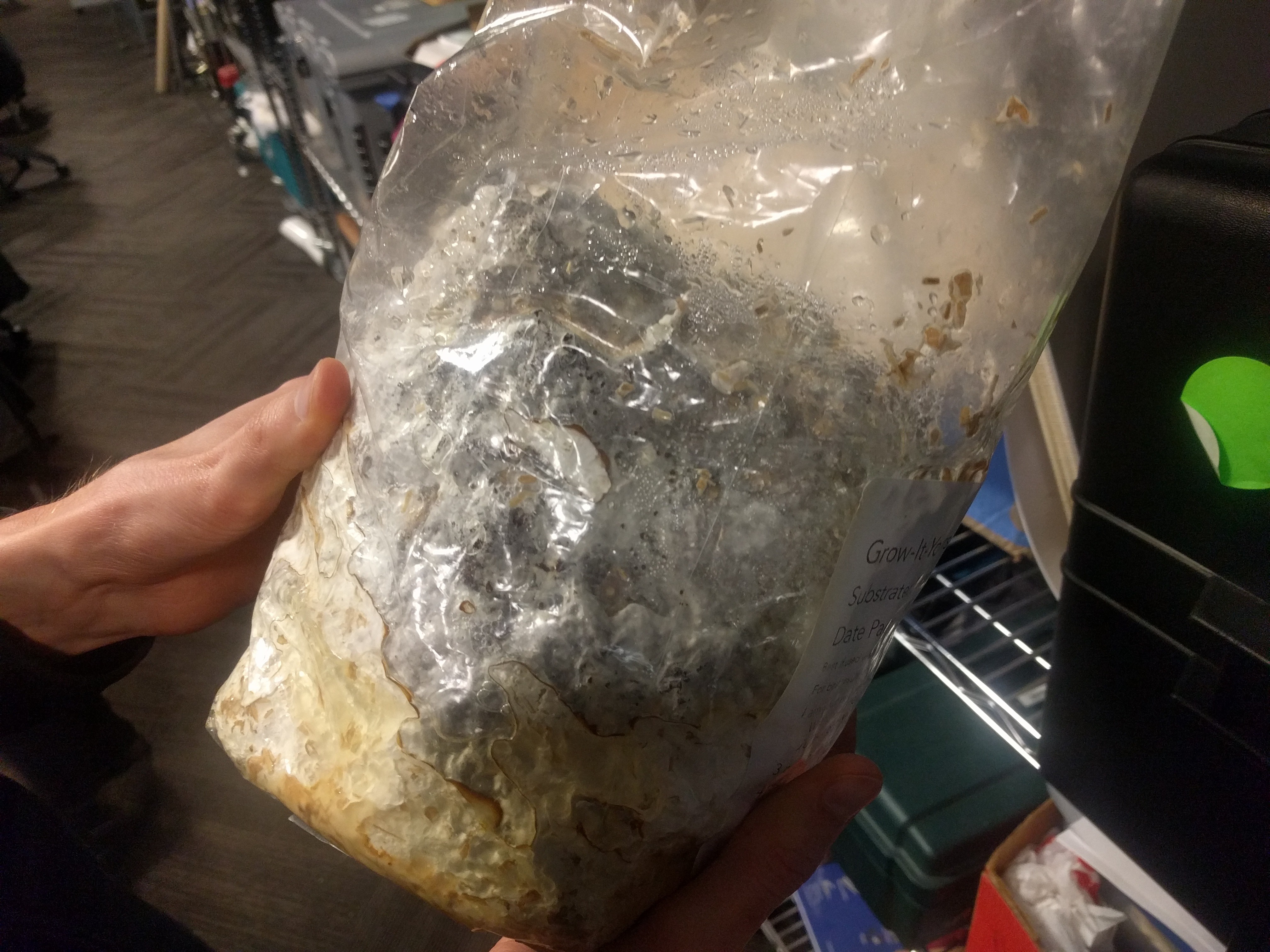
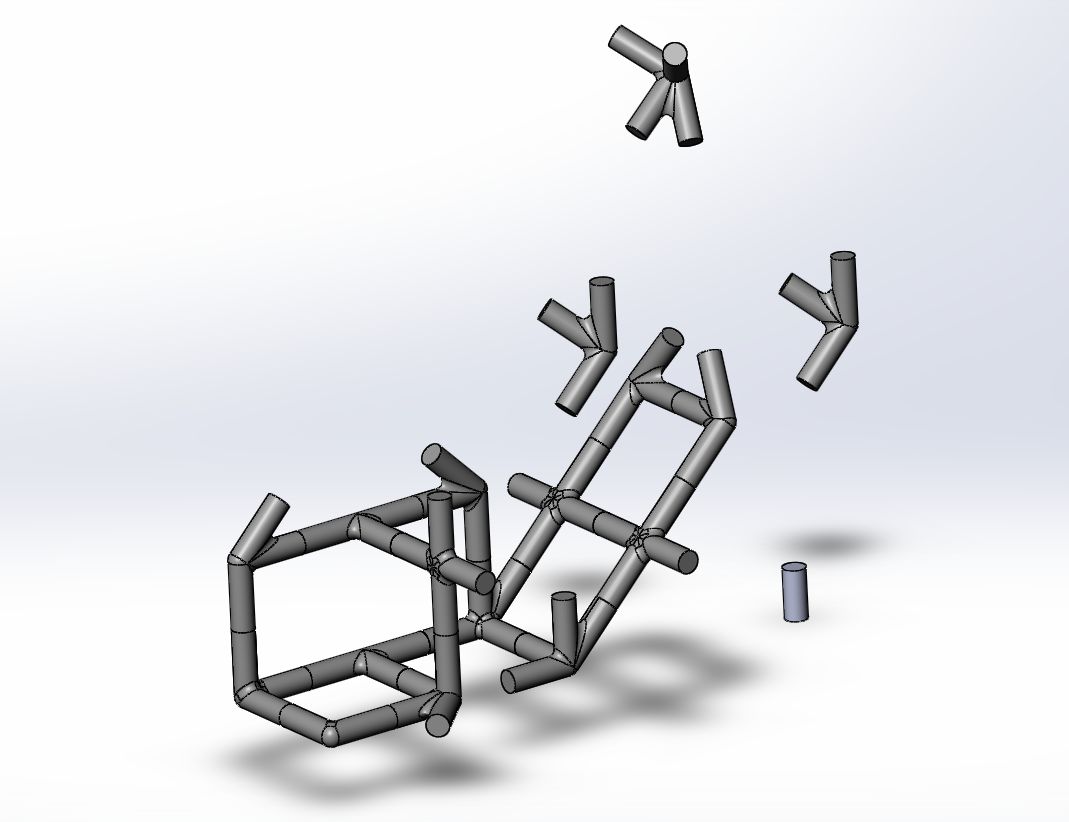
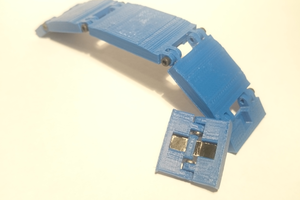
 novirium
novirium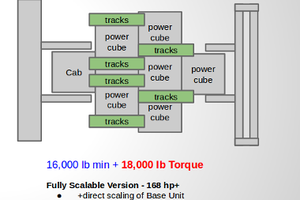
 marcin
marcin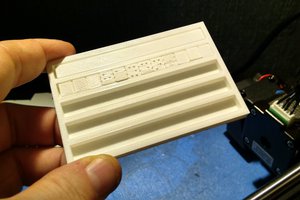
 haydn jones
haydn jones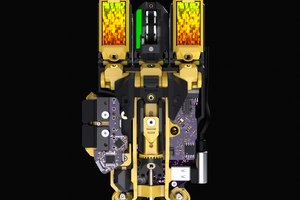
 benw
benw